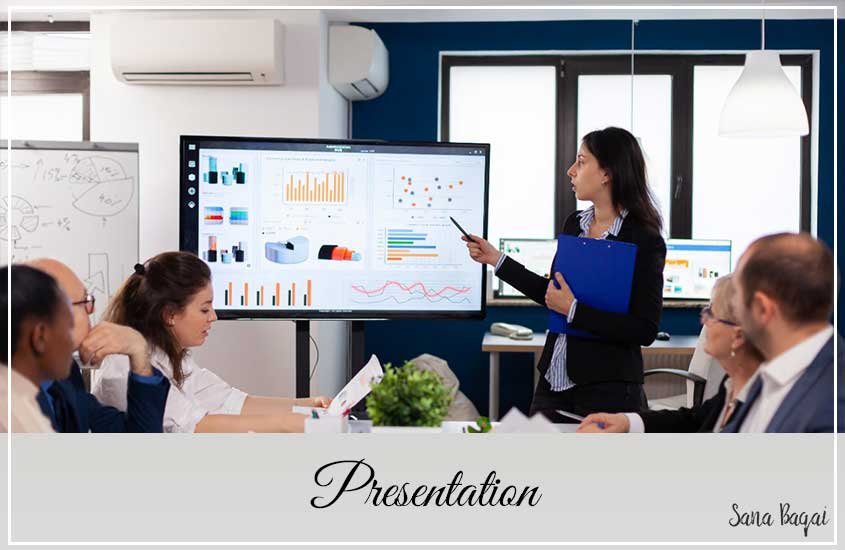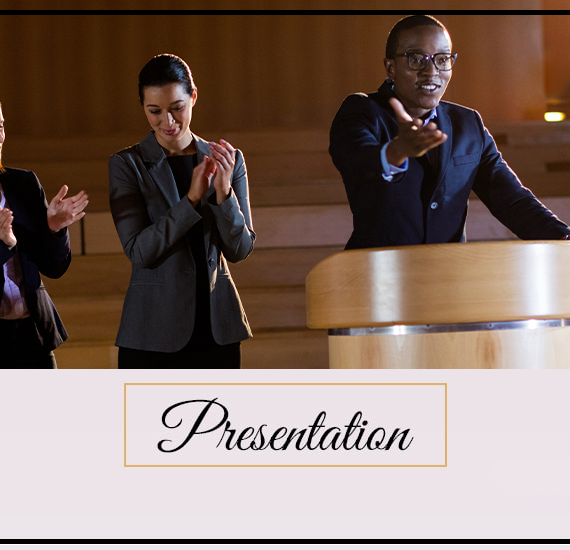The Impact of Technology on Presentations: Advantages and Challenges

The use of technology in presentations has revolutionised the way we communicate and share information. According to a study by Prezi, 84% of people think that technology makes presentations more engaging. With increasing availability of digital tools, process of creating and delivering presentations has become more efficient, dynamic, and engaging. For example, over 1 billion people use Microsoft PowerPoint worldwide, making it one of the most popular presentation tools. However, for advanced presenters and experts, technology presents both advantages and challenges that require a high level of skill and expertise to master. Let’s discuss the impact of technology on presentation in detail:
Advantages of Technology in Presentations
1. Enhanced Visuals and Graphics: Technology allows for the integration of multimedia elements such as images, videos, and animations that can be used to reinforce the message of the presentation. Expert presenters can use these elements to create stunning visuals that enhance the overall impact of the presentation. It also helps in connecting with the audience quickly. The use of visual aids in presentations has been found to increase retention rates by up to 42%, according to a study by the University of Tennessee.
2. Interactive Features: Technology allows for the integration of interactive features, such as surveys, polls, quizzes, etc., that can be used to engage the audience and make the presentation more interactive. Experts can use these features to engage the audience and create a more immersive experience. A survey by Adobe found that 69% of people think technology helps them communicate their ideas more effectively during presentations. Artificial intelligence (AI) in presentations is on the rise, with tools such as voice recognition, natural language processing, and image recognition used to create more personalised and dynamic presentations.
3. Data Analytics: Technology also enables presenters to track the performance of their presentations using data analytics. It may also guide in tracking the audience’s attention span, engagement and understating. Experts can use these insights to optimise their presentations and improve their effectiveness.
4. Collaboration: Technology allows for collaboration among presenters, making it possible for experts to work together remotely and share their expertise with a global audience. The use of virtual and augmented reality in presentations is expected to grow significantly in the coming years. With the global market projected to reach $53 billion by 2025, according to a report by Allied Market Research.
Challenges of Technology in Presentations
Now let’s discuss the challenges of impact of technology in presentation:
1. Technical Issues: Technology can be unreliable at times, and presenters need to be prepared to troubleshoot any technical issues that may arise during their presentations. Advanced presenters and experts must be skilled in using technology and have alternate or contingency plans in place to avoid any technical mishaps. In a survey of 1,500 professionals, 67% said technical issues were their most significant concern when presenting.
2. Overreliance on Technology: Presenters must be careful not to over-rely on technology at the expense of their presentation skills. While technology can enhance the presentation, the success of the presentation ultimately depends on the skills and expertise of the presenter.
3. Distractions: Technology can also be a source of distraction for the presenter and the audience. Experts must be mindful of potential distractions and use technology only when it adds value to the presentation.
4. Accessibility: Not all audiences have access to the same technology, and presenters must ensure their presentations are accessible to everyone. Experts must be prepared to adapt their presentations to accommodate different accessibility needs.
To summarise, technology has significantly impacted presentations, offering advanced presenters and experts several advantages while presenting new challenges. Expert presenters need to be skilled in using technology while also maintaining their presentation skills and being mindful of potential distractions. The effective use of technology can create a dynamic and engaging presentation that leaves a lasting impression on the audience.











Comments are closed.